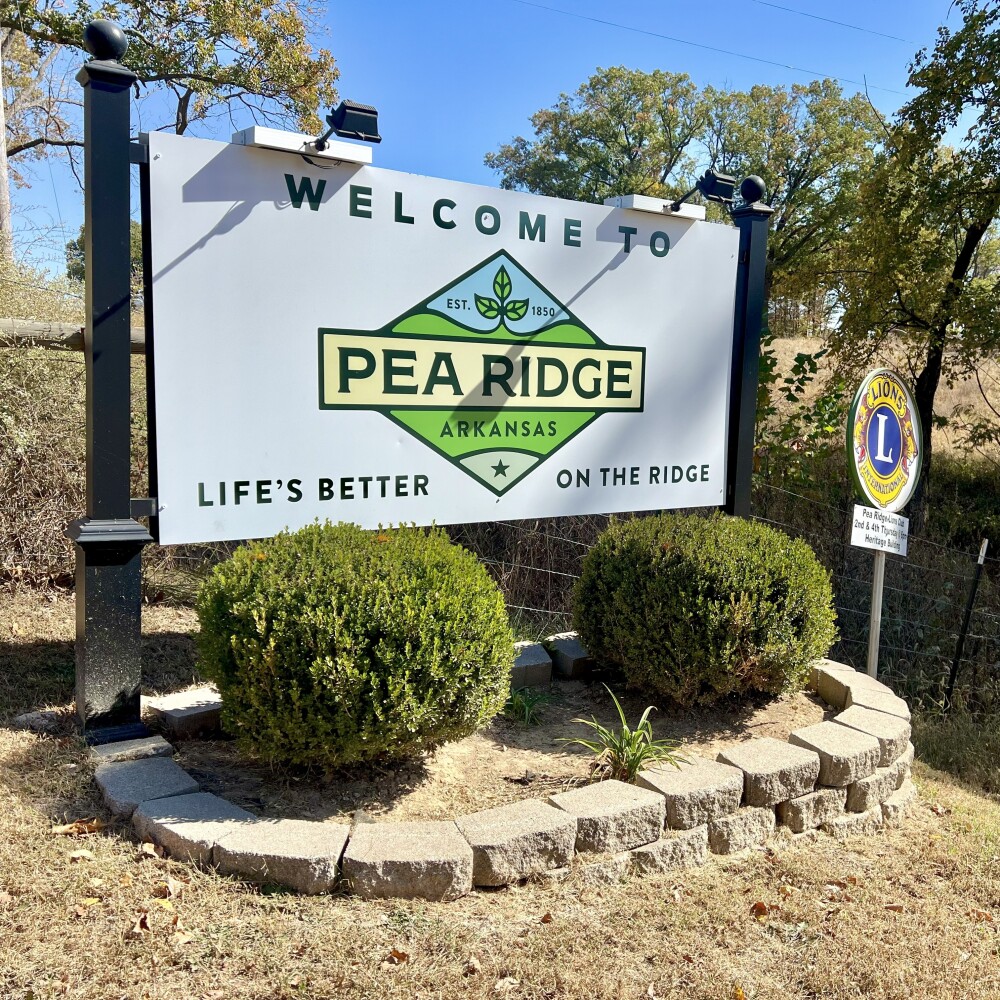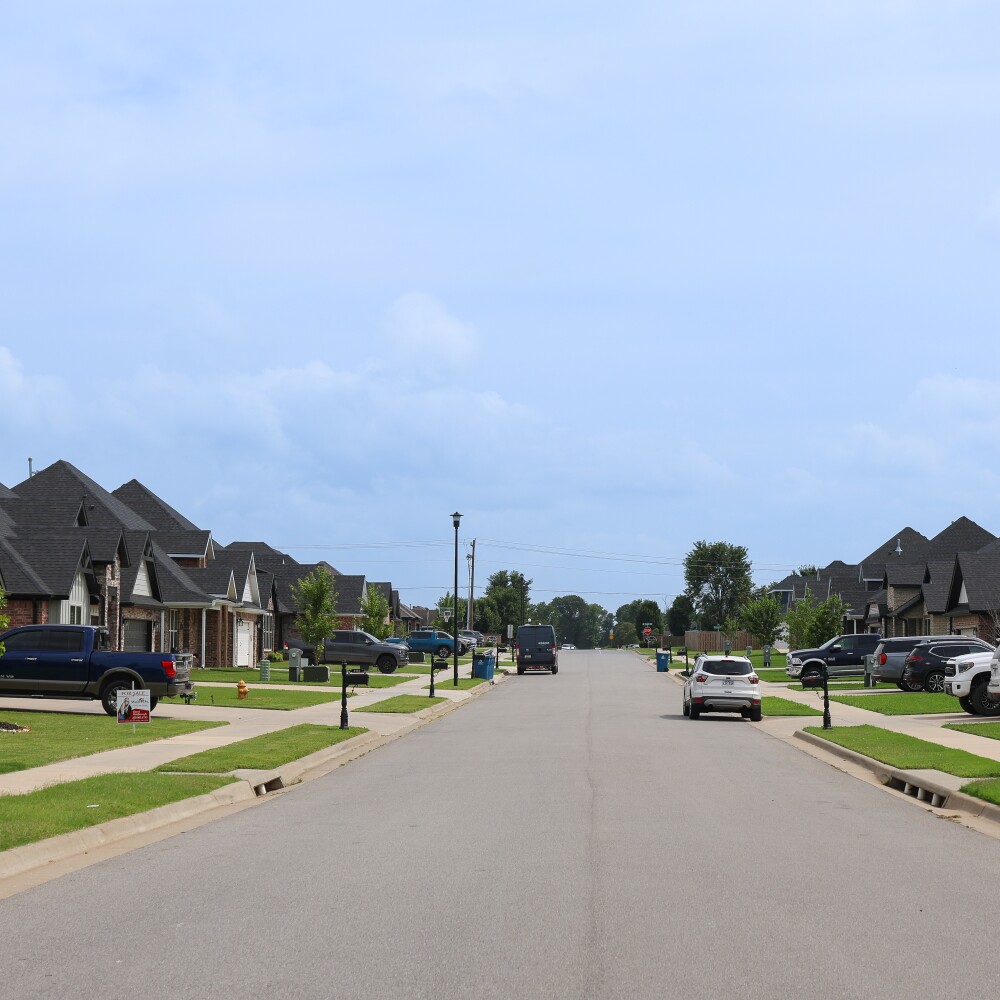Jeff Marley – a longtime farmer with more than 3,000 acres in Elkins, Arkansas – will be the first to tell you he was a bit skeptical when the Beaver Watershed Alliance knocked on his door in 2011.
“With 10 chicken houses and 400 cows along the White River and greater Beaver Lake Watershed, I knew I was probably Public Enemy No. 1,” Marley said. “I understand the importance of water quality and I’ve been on the losing end of property erosion, so I respected what the organization was trying to do. I just wasn’t convinced anyone could make a meaningful difference over such a vast area.”
Six years later, BWA has not only won Marley over, but grown the number of municipalities, farmers and other property owners we’re working with to more than 18,000. BWA was created to protect the water quality of Beaver Lake and its tributaries through voluntary best management practice implementation, outreach and education, and scientific evaluation. Our ability to make relations with landowners and connect them with the resources they need directly influences the region’s quality of life for decades to come.
The Beaver Lake watershed is 1,192 square miles in size, and Beaver Lake itself is approximately 44 square miles in surface area, with an average depth of 60 feet throughout. It contains 539 billion gallons of drinking water for more than 500,000 people across Northwest Arkansas and into parts of Missouri and Oklahoma. The more the water flowing into Beaver Lake is compromised, the more expensive it's going to become to build the infrastructure to treat it. So it benefits all of us to take a proactive approach to maintaining a clean water source.
From helping growing municipalities understand and embrace thoughtful growth and development practices, to working with farmers to reduce fertilization by planting clover and renovating pastures, we’re minimizing the volume of silt and other impurities in the watershed. Intensive water quality monitoring over the past six years has demonstrated that nearly 30 miles of stream and lake are no longer impaired. And, through strategic stream bank stabilization and restoration efforts with our partners, we’re helping preserve the property and, in some cases, livelihoods of farmers along the way.
"By informing and connecting people, we’re positively impacting the quality of a critical lifeline – water."
“I’ve seen enough big flood events to know Mother Nature is going to do what Mother Nature is going to do, but we can take the proper steps to minimize the damage,” Marley said. “If only one farmer goes out and stabilizes a section of stream bank, it's not going to accomplish much. But as myself and multiple farmers up and down the watershed have begun collaborating with the BWA, we’ve all started to reap the benefits.”
Strength is in numbers. Through the support of organizations like the Walton Family Foundation, we’ve been afforded the opportunity to roll up our sleeves, grow our staff and get landowners on board, one by one. In some instances, it’s us communicating best practices or coordinating the manpower to help a farmer get a project done. Other times, it's us connecting a landowner to other organizations with specialized expertise, or helping secure the funds for them to move forward.
Northwest Arkansas is experiencing rapid growth and, with that, we must act responsibly. By informing and connecting people, we’re positively impacting the quality of a critical lifeline – water.




